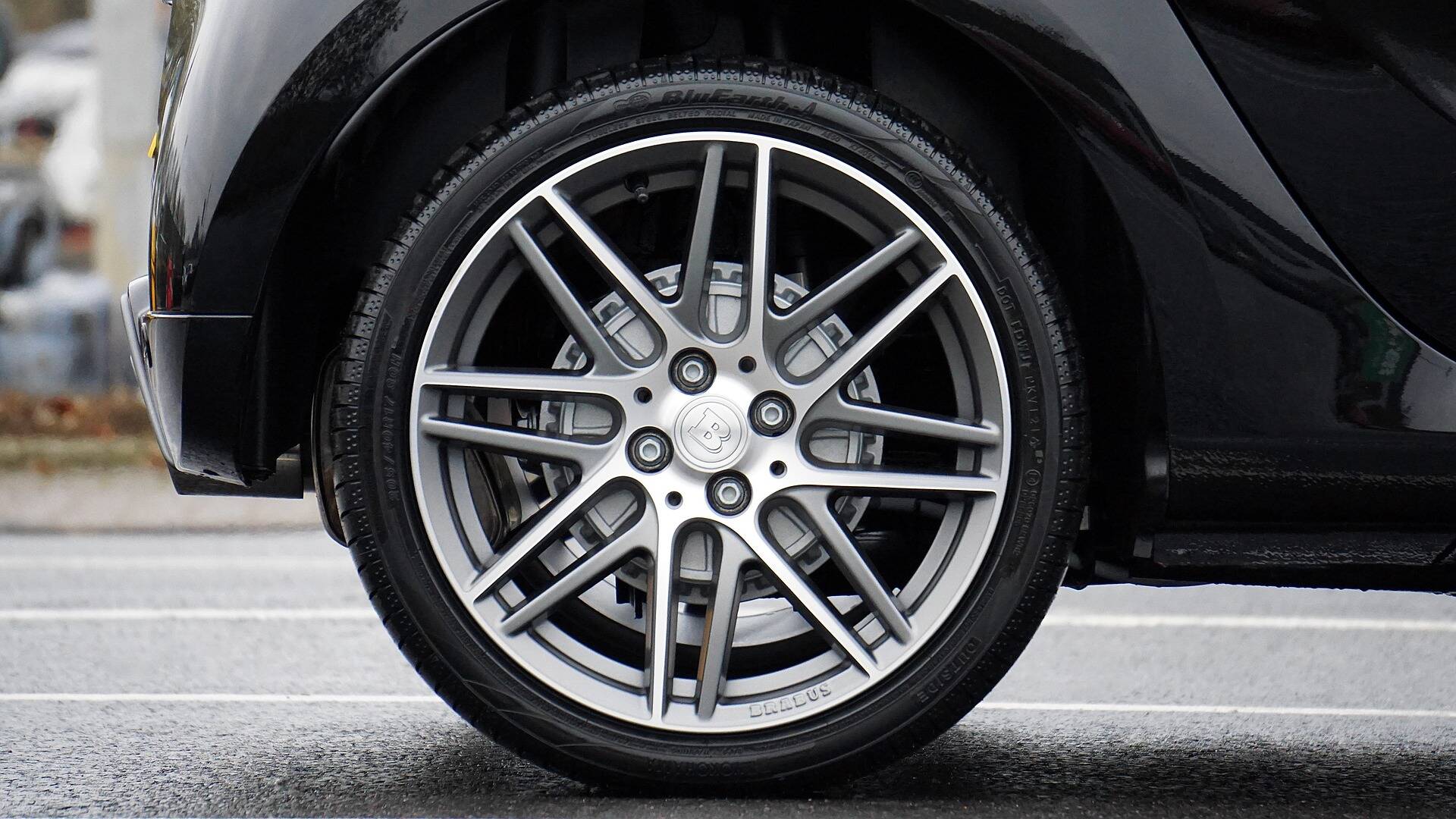 Tyres are perhaps the single biggest expense you will have as a car owner. Perhaps you will spend more each year on fuel or servicing, but needing to buy a set of four tyres all at once can derail the most robust budget if it occurs without prior planning. Once you have bought those tyres, you will want to ensure that they stand the test of time, lasting as long as possible in good working order. What can you do to help make your tyres last longer?
Tyres are perhaps the single biggest expense you will have as a car owner. Perhaps you will spend more each year on fuel or servicing, but needing to buy a set of four tyres all at once can derail the most robust budget if it occurs without prior planning. Once you have bought those tyres, you will want to ensure that they stand the test of time, lasting as long as possible in good working order. What can you do to help make your tyres last longer?
Change all Four
If you can save up enough in the year or so before you need to replace your tyres, try to gather enough to buy a full new set of four. With all four tyres in the same condition, maintenance is easier as you will not have to worry about the most worn pair developing weaknesses. While buying your tyres in twos – moving the least worn to the front and putting the new ones on the back, is the usual way this is done – is a perfectly valid strategy, it can feel as though you are constantly worrying about the wear on the older pair.
Buy Better Quality
Further to planning ahead and saving up for your tyres over time, always opt for the best quality tyre that meets your purposes that you can afford. There is no need for rally quality tyres for a daily urban commute, but the difference between choosing the cheapest budget tyres over a good quality domestic tyre can be a false economy. More expensive tyres tend to be made from high-quality rubber and steel, which will last much longer than that used in the budget tyres. This can mean buying two or even three sets of budget tyres in the time that it will take for a better quality tyre to start showing signs of wear and damage. In case you are looking for tyres in Buckinghamshire – you can check with experts at Broadway Autocentres.
Maintain at Optimum
Once you have invested in the best set of tyres that you can afford, take steps to keep them working at optimum. Have your wheels balanced and aligned at least once a year (this can usually be done during a service) to ensure that they are running smoothly and straight, not putting undue pressure on the axles or tyres. Also ensure that you keep the tyres inflated to the range recommended by the manufacturer, because modern tyres are marvels of engineering, designed to work best at the right pressure. You can find the recommended inflation levels marked on your tyres, on the internet – many manufacturers have handy tables online – or in the car owner’s hand-book, if you still have access to yours.
Drive With Care
Driving within the speed limit, avoiding rough or gravelly surfaces, refraining from sudden acceleration or deceleration and driving defensively are all good ways to keep your tyres in good condition for longer. Needless to say, stunt driving, such as pulling donuts, hand-brake starts, anything that leaves visible rubber marks on the road – all of these, while possibly illegal, will definitely harm your tyres and make sure that you need a new set sooner rather than later.
Drive Light
Literally taking the weight off your tyres will also help them to last longer. While workmen must carry toolboxes with them for work, these should be unloaded when the tools will not be needed, especially if there will be a lengthy drive. Getting into the habit of removing any unnecessary clutter after every drive will help you to keep your car as light as possible, as well as helping you keep your car nice and clean at the same time!
Change Between Winter and Summer Tyres
Tyres are expensive, so the thought of buying two full sets seems illogical. However, switching to winter tyres is a sensible proposition and, in the long run, will actually save you money as well as keeping you even safer on the UK’s roads. Winter tyres are also known as cold weather tyres and they work best at temperatures below 7°C, as well as offering more grip on snowy or icy roads. Switching to your winter set in November and leaving them on until the end of March will keep you safely on the road during the cold times, but this also means that both sets of tyres will last twice as long – so instead of replacing your tyres after three or four years, they will last seven or eight, giving you plenty of time to save up to replace both sets as they need it.
See some more of my Life Organisation posts here
